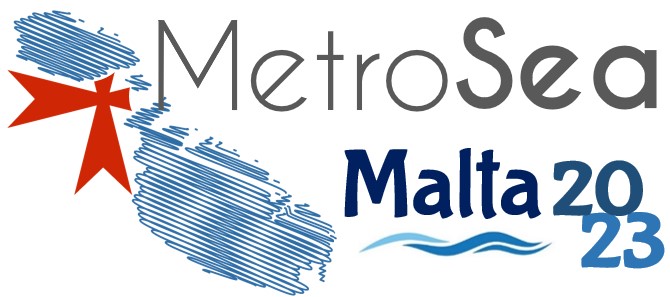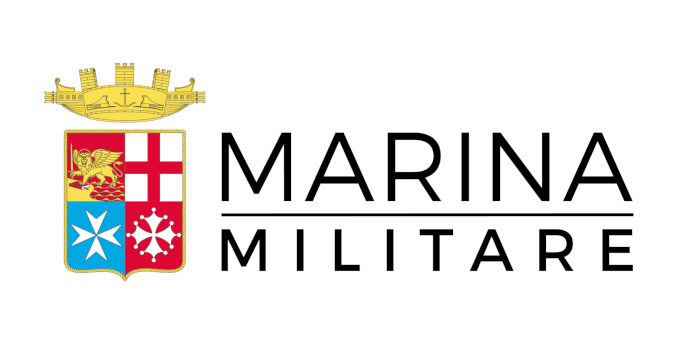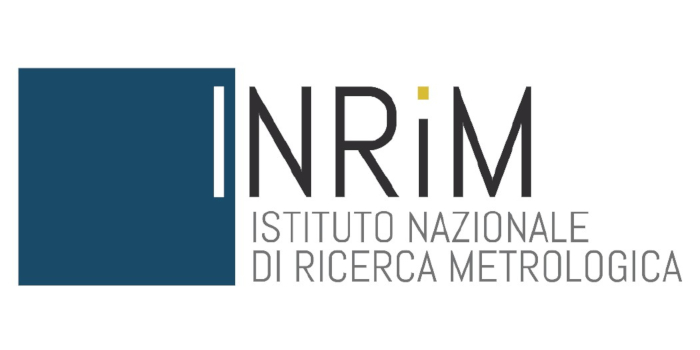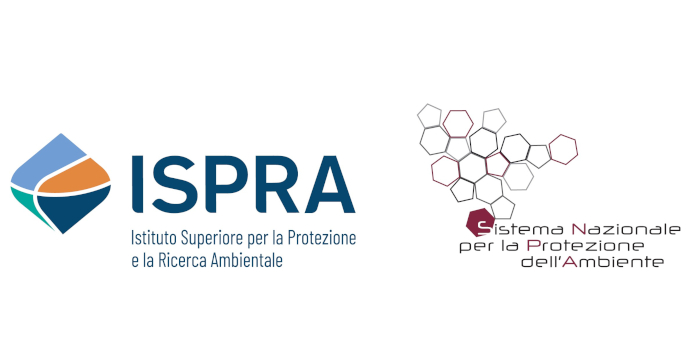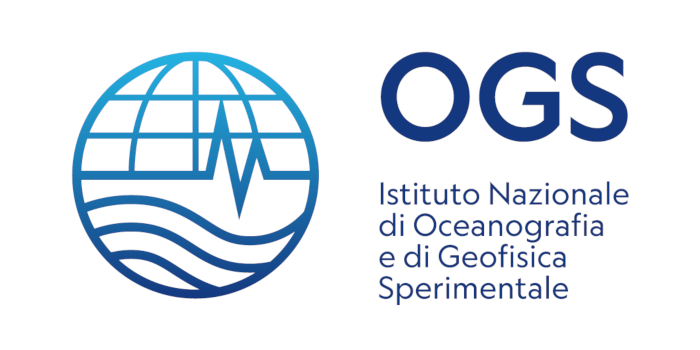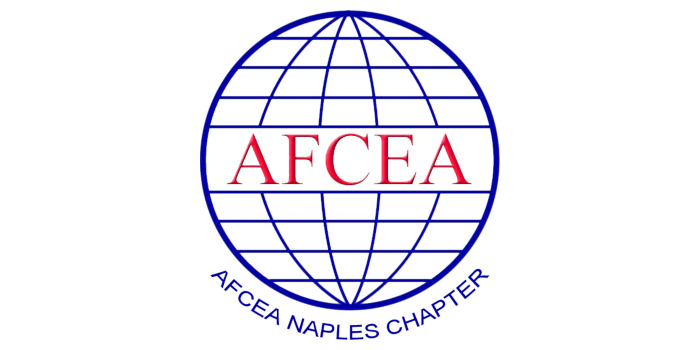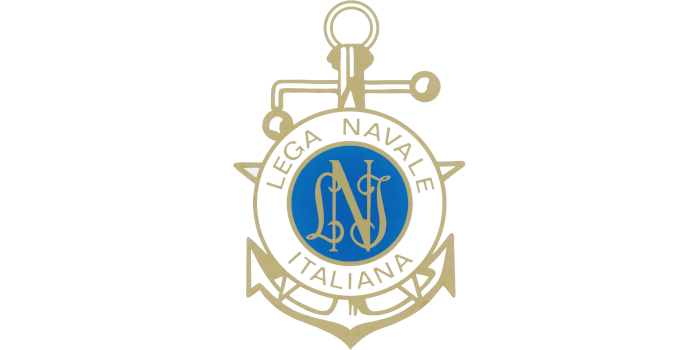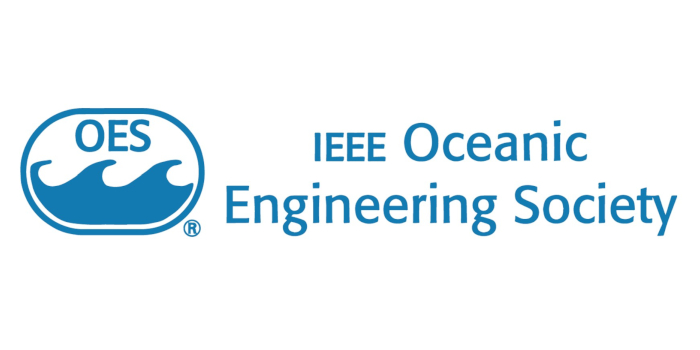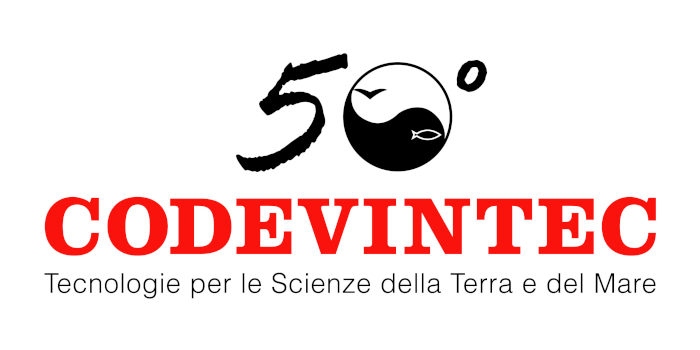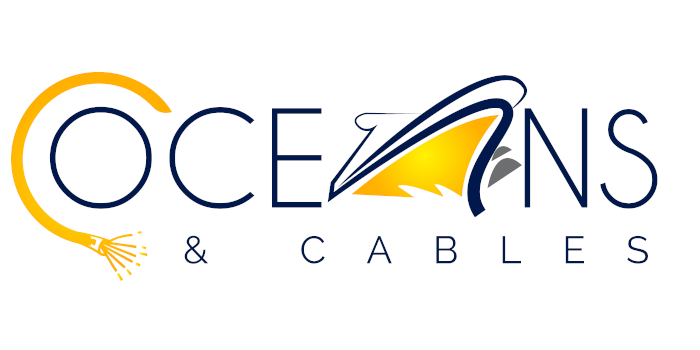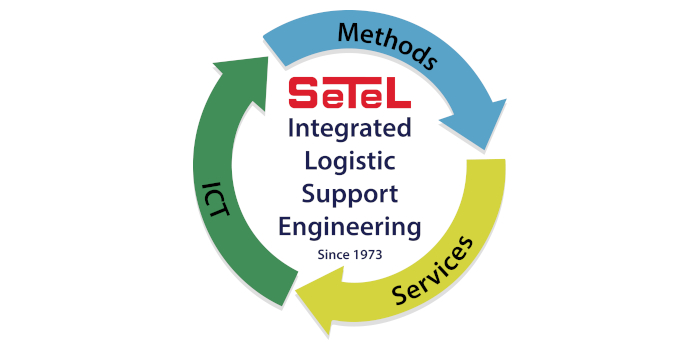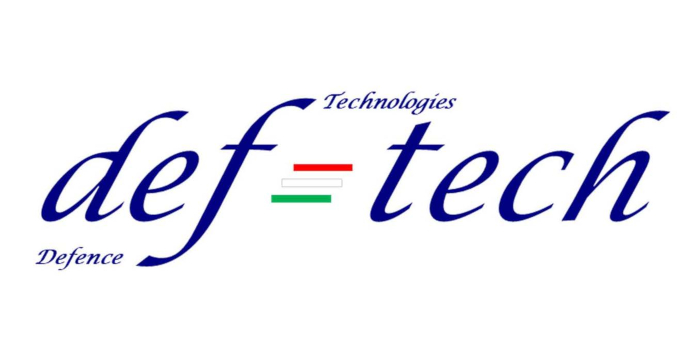KEYNOTE
Active-sonar metrology
Kenneth G. Foote
Woods Hole Oceanographic Institution, Woods Hole, MA, USA
ABSTRACT
Knowing the quality of a measurement is not incidental but fundamental to the scientific method, defining the concern of metrology. In underwater sound scattering, whose quantification involves active sonar, this concern is addressed by calibration. The aim is to enable a measurement of scattering to be expressed in physical units, such as those of volume or area backscattering coefficient and corresponding spectra. Two approaches are described. System-analytic approach: According to the traditional analytic approach, widely practiced by navies, a sonar is viewed as an assembly of sub-systems. The performance of each of these is typically measured separately, either as an electronic measurement in the laboratory or via hydrophone or standard sound source, each requiring its own calibration when the sonar transducer is involved. An overall measure of performance is determined by combining the several measurements, with consequent compounding of errors. Integral-system approach: According to the standard-target sonar-calibration method, a sonar is viewed as an integral system consisting of transmitter, transducer, and receiver, all as configured and mounted for use at sea. Calibration is accomplished by a single measurement of the echo from a standard target at a known position in the sonar beams. A standard target is defined as a compact object with known scattering properties, e.g., target strength spectrum, over the frequency band of the sonar. The error consists of two parts: that associated with positioning the standard target, and that intrinsic to the determination of the scattering properties of the same, respectively controllable and irreducible. In practice, for standard targets consisting of solid homogeneous elastic spheres, the estimated accuracy is nominally ±0.1 dB over the frequency band of the sonar. Standard targets have been designed for use over sub-bands within the overall frequency range from 1 kHz to several megahertz, with optimization to minimize variations in target strength associated with natural variations in medium sound speed. Advantages of the standard-target method are calibration of the sonar exactly as it is used, including both electronics configuration and physical mounting of the transducer; accuracy; simplicity and relative swiftness in execution, hence cost-effectiveness. If the sonar performance measurement agrees with specification or earlier performance measurements, the sonar can be regarded as ready for use. If the measurement exceeds a pre-defined tolerance, the sonar may require further, more detailed, performance measurement, as by the traditional analytic approach.
SPEAKER BIOGRAPHY
Kenneth Foote is a Senior Scientist at the Woods Hole Oceanographic Institution and an IEEE Fellow.
